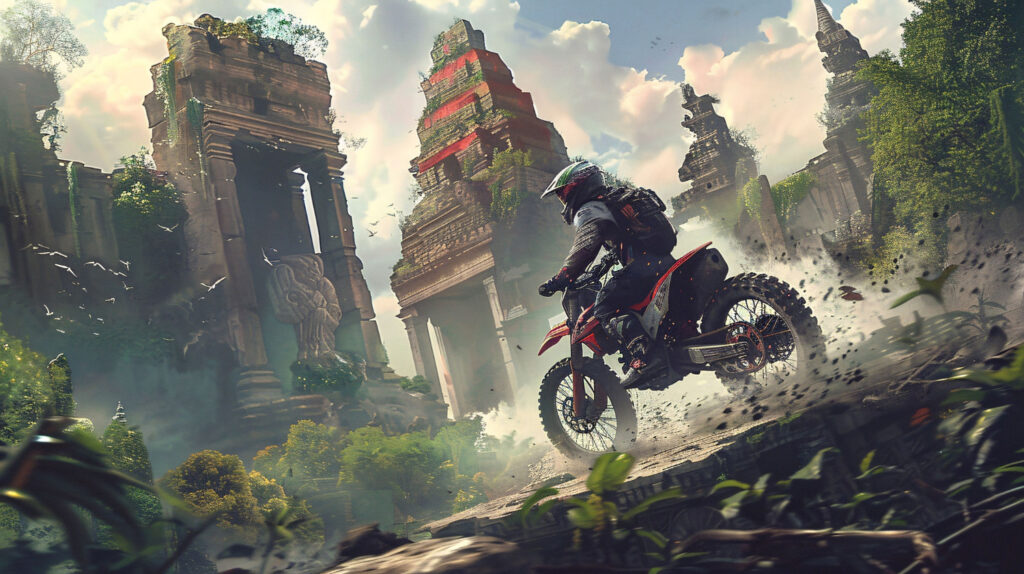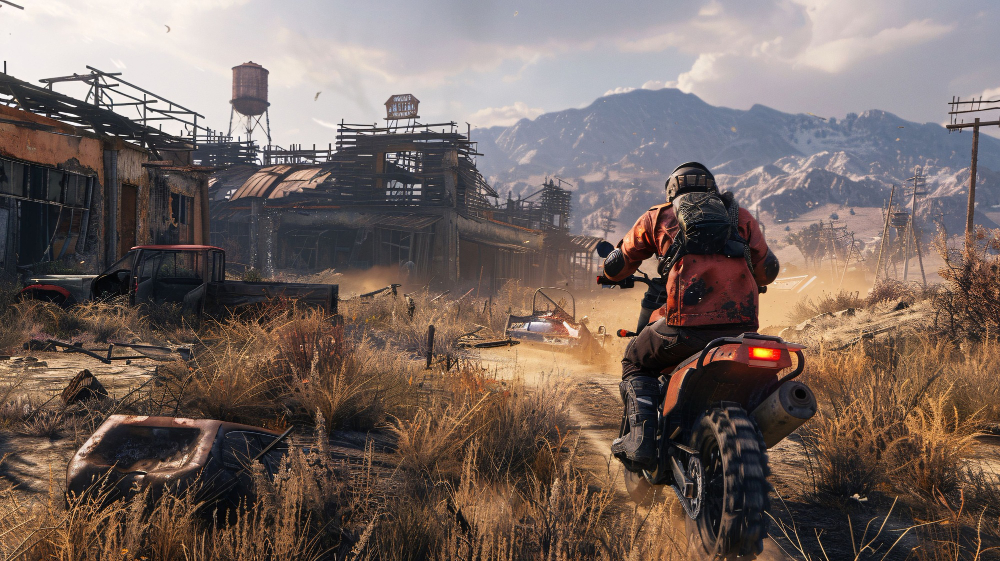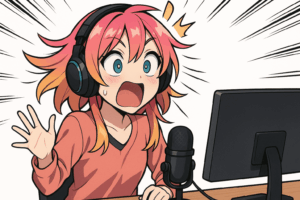Low poly model play a crucial role in game development due to their efficiency in resource utilization. By using fewer polygons, low poly model require less computational power to render, resulting in smoother performance and faster loading times, particularly in real-time applications like video games. Moreover, this blog explores there concept in game development, emphasizing their importance, advantages, and practical applications.
Low poly models, also known as low polygon models, are 3D models characterized by a relatively small number of polygons or vertices. These 3d models prioritize simplicity in geometry, often featuring fewer details compared to high poly models.
Significance of Choosing Low Poly Models for Projects
Choosing low poly models for projects offers several advantages, including optimized performance and reduced development costs. These models require fewer computational resources, enabling smoother performance on various devices, from high-end PCs to mobile phones. Additionally, low poly models are easier to manipulate and customize, facilitating rapid prototyping and iterative design. Their broader compatibility across platforms and reduced storage requirements make them ideal for developers looking to create efficient and widely accessible applications.
Understanding Low Poly Models
Low poly models are defined by their simplified geometry, achieved through the use of fewer polygons. Despite their reduced complexity, they retain essential details and shapes, making them suitable for a wide range of applications in game development and beyond.
Low Poly vs. High Poly Models
Low poly models are defined by their simplified geometry, using fewer polygons, which makes them efficient and easier to render. They optimize performance and are suitable for a wide range of devices. High poly models, on the other hand, feature intricate details and realistic textures, requiring more computational power. While they provide high-quality visuals, they can lead to slower rendering times and may not be ideal for all platforms. Each type has unique strengths and limitations.
Compatibility and Formats of Low Poly Model
Low poly models are highly versatile and compatible with various software tools and platforms used in game development. Common file formats include FBX, OBJ, and STL, which are widely supported across different design environments. These formats ensure seamless integration and flexibility, allowing developers to use low poly models in multiple applications. Their lightweight nature enhances compatibility, making them suitable for devices ranging from high-end gaming PCs to mobile phones, thereby reaching a broader audience.
Advantages of Low Poly Model in Game Development
Performance Optimization: Low poly model require fewer computational resources, allowing games to run more smoothly on a variety of hardware. This optimization ensures that even lower-end devices can handle complex scenes without lagging.
Faster Rendering Times: With fewer vertices and polygons to process, low poly model render much faster compared to high poly models. This leads to quicker project load times and a more efficient workflow during the development process.
Storage Space Efficiency: Low poly model take up significantly less storage space due to their reduced complexity. This efficiency is crucial for developers looking to save on bandwidth and storage costs, especially for downloadable content.
Enhanced Compatibility Across Devices: Because of their lightweight nature, low poly model are compatible with a wide range of devices, from high-end gaming PCs to mobile phones. This broad compatibility helps developers reach a larger audience.
Smooth Gameplay Experience: The use of low poly model contributes to a smoother gameplay experience by minimizing frame rate drops and stuttering. This ensures players can enjoy a seamless and immersive gaming experience.

Rigged vs. Unrigged Low Poly Model
Unraveling Rigged Low Poly Models
Rigged low poly models feature a skeletal structure, enabling easy animation for characters and objects. This setup is essential for adding dynamic, interactive elements to games. While they save development time by being ready-to-animate, they can be more complex to edit and may require additional processing power.
Pros and Cons of Rigged Models
Rigged low poly models come with a skeletal structure, enabling easy animation, which saves developers time and effort. They’re essential for dynamic game elements. However, rigged models can be more complex to edit and may require additional processing power compared to unrigged counterparts. While they facilitate lifelike movement and interaction, their complexity can sometimes lead to challenges in customization. Developers must weigh these factors to determine if rigged models align with their project’s needs, balancing between ease of animation and potential complexities in editing and performance optimization.
Unrigged Models: Their Versatility and Applications
Unrigged low poly models offer remarkable versatility and find diverse applications in various projects. These models are highly adaptable, suitable for static objects or scenes where animation isn’t necessary. Their simplicity and ease of customization make them ideal for background elements, architectural visualization, or any scenario where dynamic movement isn’t required. Moreover, unrigged models are easier to edit and manipulate, allowing developers to tailor them to specific project requirements swiftly. Their versatility makes them invaluable assets for designers seeking flexibility and efficiency in their creations.
Editing and Customizing Low Poly Model
Tools and Software for Editing Low Poly Models
Popular tools like Blender, Maya, and 3ds Max offer robust features for editing low poly models. These free, tools provide developers with the flexibility to modify and refine their models efficiently.
Techniques for Customization and Beautification
Techniques such as texture mapping and color tweaking can significantly enhance the visual appeal of low poly 3D models. Customizing these aspects allows for unique and visually striking model designs.
Ensuring Aesthetics While Editing
Maintaining a balance between simplicity and beautiful detail is key to preserving the aesthetic of low poly 3D models. Ensuring clean geometry and consistent style helps in achieving an appealing look.
Licensing and Legal Considerations in Editing Low Poly Models
It’s important to verify the licensing terms of low poly models you download them before editing them, especially if they are downloaded from online sources. Ensuring compliance with legal agreements helps avoid potential intellectual property issues.

Conclusion
Low poly models offer numerous advantages in game development, including performance optimization and faster rendering times. Their efficiency and compatibility make them an excellent choice for developers. With growing trends and innovations, adopting low poly models is becoming increasingly essential. Explore and buy from a vast collection of low poly models at 3DAiLY to enhance your projects. Visit 3DAiLY now to choose the best models and view our extensive collection!



